Testing methodology
“After replacing the PSU, the video card coils stopped whining”. An extremely common statement and yet it always remains on a subjective level, which is a pity. But that is also why we will now look at things in an exact, numerical way. We do this by testing several graphics cards, where for each, noise levels of VRM coils are monitored with each ATX (3.0) power supply used. So how is it with the “whining”? When is it stronger and when is it weaker?
Testing methodology
The foundation is multiple ATX power supplies. We have twelve different models available, of which we still owe you the “standard” tests. But what you could already see is the temperatures of their 12VHPWR cables.
These are the Asus ROG Strix 850G Aura, BeQuiet! Dark Power 13 (850 W), Cooler Master GX III Gold 850, Corsair RM850x Shift, DeepCool PX1000G, Enermax ERT850 EWT, FSP Hydro G Pro ATX3.0, Gigabyte GP-UD850GM PG5W, Chieftec Polaris 3.0 (PPS-850FC), MSI MPG A850G, Seasonic Vertex GX-850 and the SilverStone DA850R Gold.
To eliminate noise from the electrical grid, we use a Kemot Prosinus-2000 inverter for AC voltage with a pure sinusoidal waveform between the socket and the power supply. This means filtering out interference from other devices that are plugged into the grid. Their contribution to the interference of the power grid can vary, be different for each one, and it is important for our analysis to filter them out. Otherwise, we would not only measure how individual PSUs change the noise level of graphics card coils, but also how interference from the power grid interferes with it. The latter should always be minimal and shouldn’t be too noticeable (the PSUs have primary filtering for that too), but it is still an unwanted external influence that is potentially undesirable for this analysis.
I monitor coil noise on three different graphics cards. To draw conclusions from one would be insufficient, because each has a different approach to VRM, uses different components that may respond differently to voltages with different characteristics. The Sapphire RX 7600 XT Pulse is a representative of the “noisiest” graphics cards. With the same PSU, we recorded the loudest coil noise in the standard tests with this card. In contrast, with the Gigabyte RTX 4090 Gaming OC 24G, the coils were very quiet, even surprisingly so. Therefore, it is interesting to see if such a situation will occur with all PSUs (and if some of them will increase the noise level of its coils). And thirdly, the MSI RTX 4070 Ti Super Ventus 3X – something in between the other two graphics cards. In terms of coil noise, but also in terms of performance.
Game Ready 551.61 drivers are used with GeForce graphics cards (4070 Ti Super and RTX 4090) and Adrenalin 24.2.1 with the Radeon (RX 7600 XT).
We use the same test configuration as in standard graphics card tests. From these, you will also be familiar with noise measurement details. For the purposes of these measurements, however, a few things need to be clarified. The usual conditions with the exact alignment of the noise meter, or microphone to the graphics cards remain the same. And these are also the only elements that are the source of noise. The fan on the CPU cooler is switched off during the tests, and the graphics card fans are stopped for the measurement sequence as well. But that’s only for a moment (during the 15-second noise recordings), so as not to limit performance by overheating. In any case, the output is only the noise from the graphics card coils, all else is filtered out. This includes the noise from the coils of the PSU itself or the “pure sine” inventer (the latter is in another room and its activity is completely filtered out).
We chose the Shadow of the Tomb Raider menu (1080p, graphics profile “High”) as the measurement scene. In it, the load is constant and the coil whine does not change over time. However, in order to always capture the same moment under comparable conditions, I always use the same procedure, which takes 615 seconds.
The first 420 seconds is the “warm up” phase, after which we turn off the fan on the CPU cooler and recording of the coil noise with a noise meter (properly calibrated Reed R8080) takes place for 480–495 seconds. Spectrograms (recorded by the UMIK-1 miniDSP microphone) are then created in a time span of 600–615 seconds. The TrueRTA application averages 100 samples during this interval, so that the output is always a sufficiently steady state value of the noise levels at the individual frequencies. The monitored frequency range is 2–20 kHz. Graphics card noise is also present below this range, but that’s aerodynamic noise and we focus on the coils for the purposes of these tests.
The fans are disconnected for all PSUs so that they do not contribute in any way to the measured sound/noise. The activity of the coils of a given PSU is in there to some extent. To isolate the ATX power supply completely in this respect is practically impossible (unrealistic in common practice…). The power supply must always be in relative proximity (something like very long enough extension cables cannot be used, because with them a very significant voltage drop would occur and in higher loads the power supplies would no longer work). The noise level of ATX PSUs is always marginal, the grill (i.e. the open part) is at the bottom, and they are also already at the lower limit of the range of the parabolic collar, which we use on both the noise meter and the microphone to amplify the recorded sound. This is to achieve the highest resolution with the largest possible differences in measured noise.
- Contents
- Why a PSU can have an impact
- Testing methodology
- Noise level measured with a noise meter
- Dominant frequencies...
- ... and their noise level
- Tonal peaks and noise levels in aggregate (chart)
- Complete sound spectrograms
- Conclusion





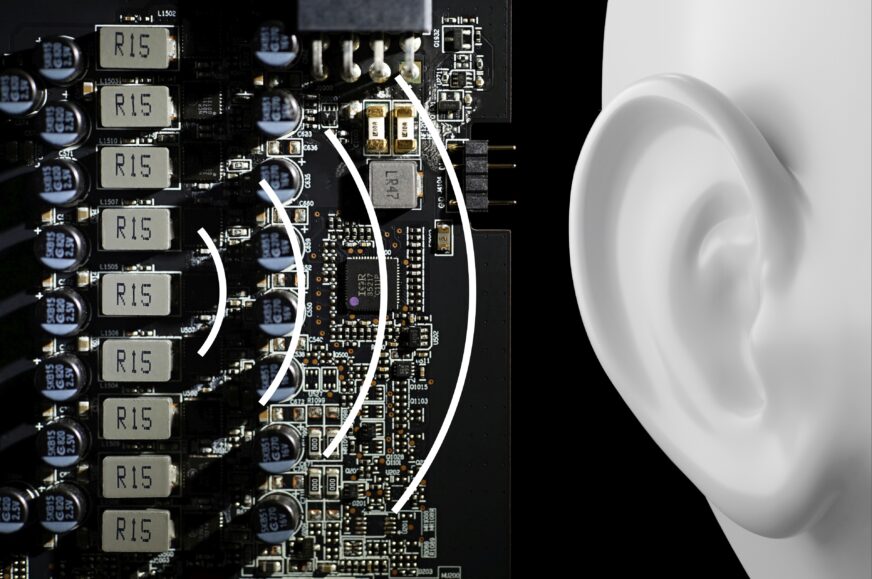
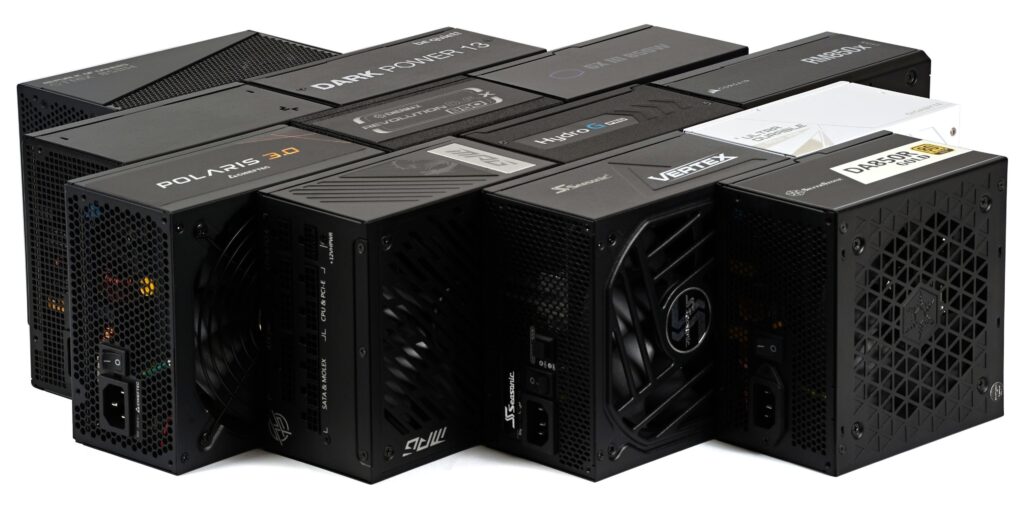
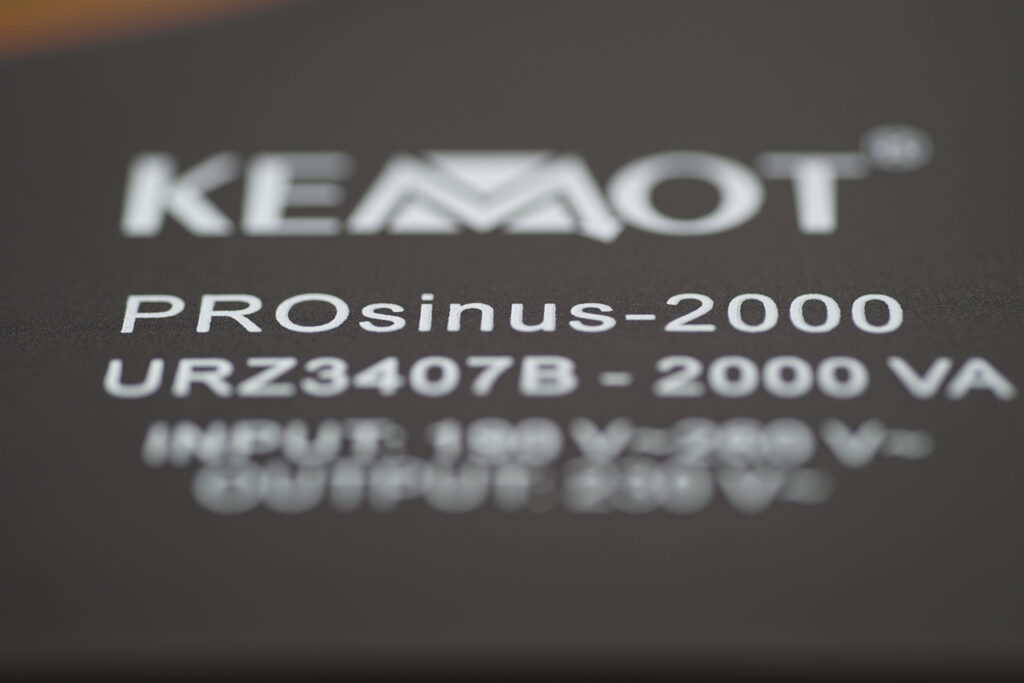
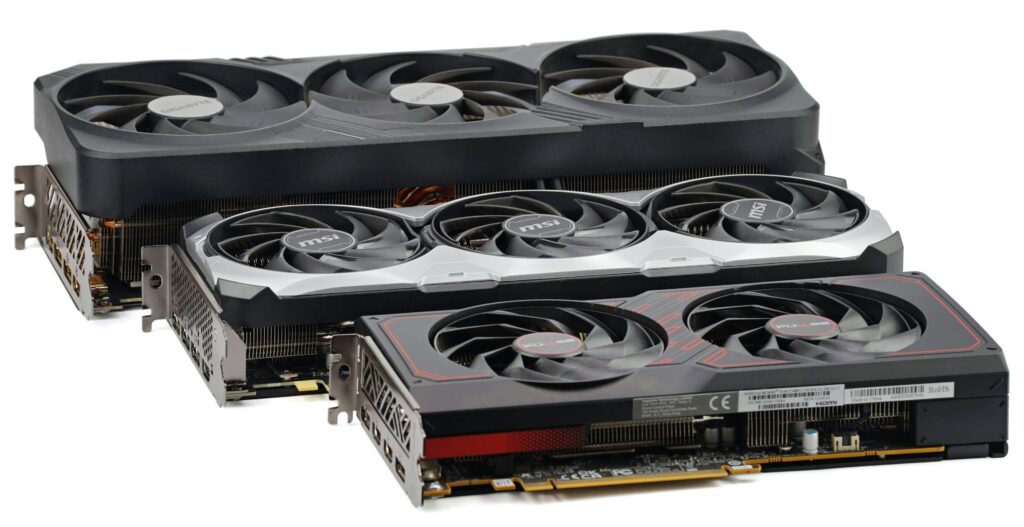
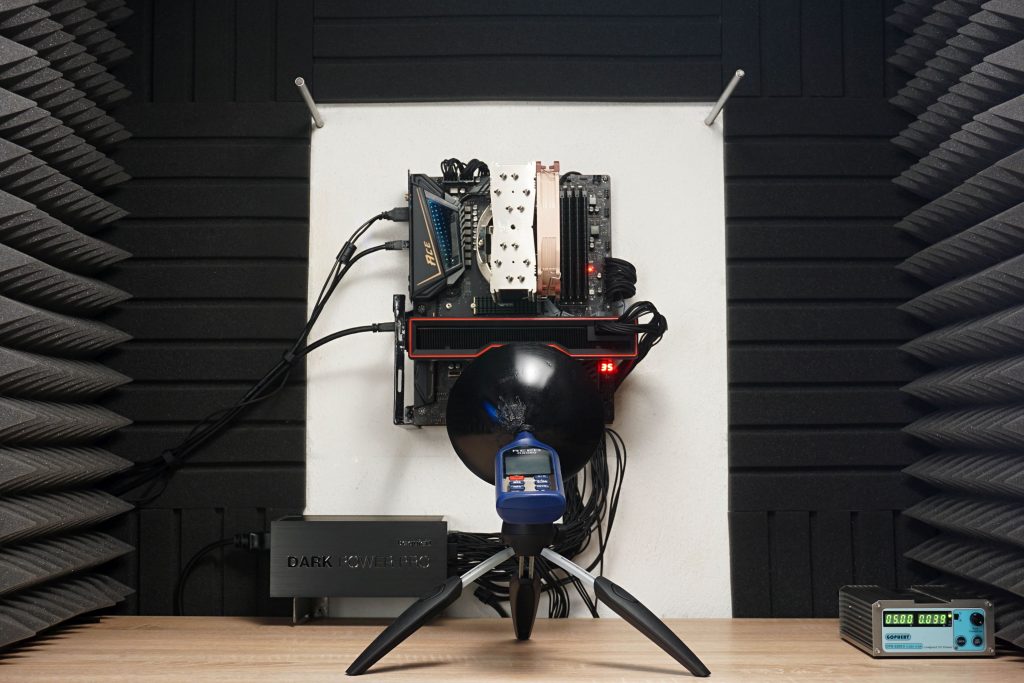

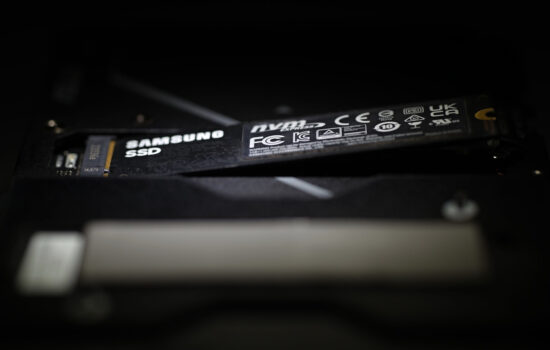
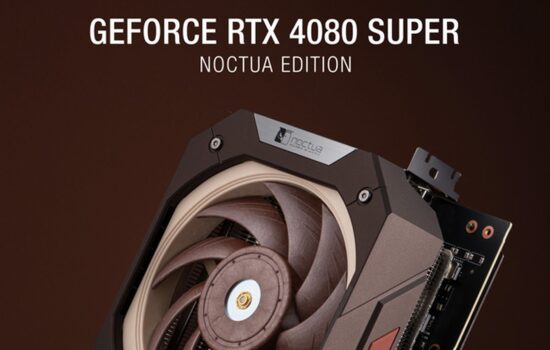
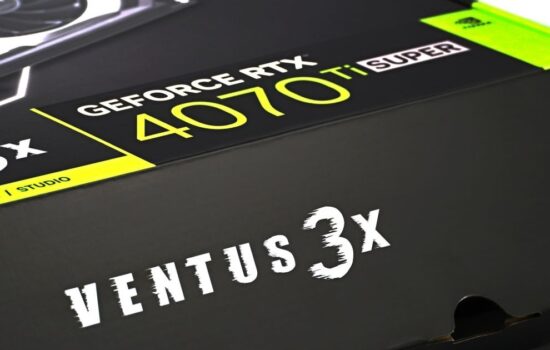



Great job, I don’t think anyone has ever tested this before! Indeed, the differences look quite small if compared to coil whine variance between GPU models. Based on your data, every other change will have a bigger impact than replacing the PSU. Undervolt, underclock, switching to a non-mesh PC case.
This is very interesting. Anecdotally, my 4090 Suprim X has occasional coil whine when working on Folding@home. Its not consistent, perhaps 1/24 hours it’ll whine, and of course its worse the more power its drawing. This was on my Corsair HX750 Platinum (2022? version) with the VHPWR adapter with 3 PCIE cables.
I switched to an FSP Hydro Ti 1000W and I used the native VHPWR cable and I haven’t noticed any whine since.
The sound that you have registered and no longer register may be the result of higher harmonic frequencies, which may eventually arise depending on the of noise in the power grid. The latter is always unique and each source may react differently to it. It is impossible to generalise here. What worked “somehow” with the same components in your country may work differently elsewhere (because the power supply is connected to a different network, with a different noise). And then there is what always applies. The sound that subjectively disturbed you may have disappeared, but the character of the coil whine may have changed so that someone else evaluates it as more disturbing (because again there may be a different frequency to which another user’s hearing is more sensitive, and which you may not mind). Personally, especially after this test, I have a great respect for this topic and I consider it advisable not to draw any conclusions, because they may be subjective. In any case, it is very dangerous to give any advice to anyone. They are always irresponsible because there are too many variables.